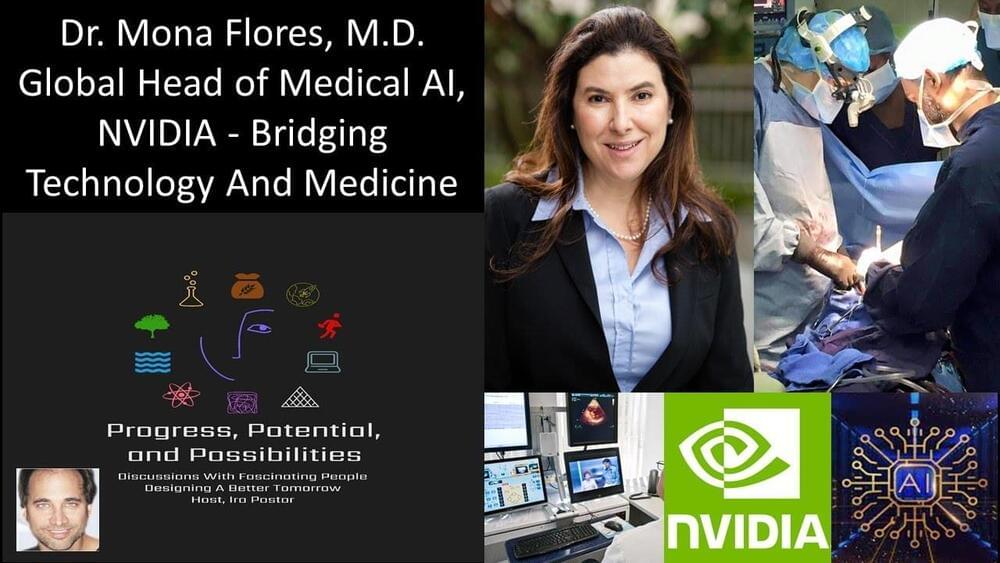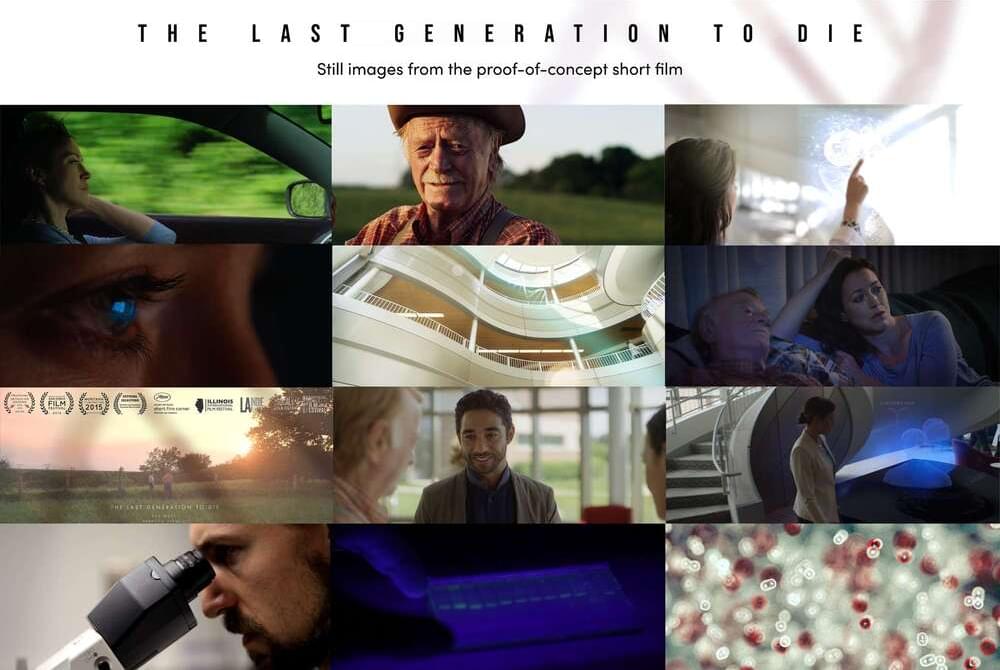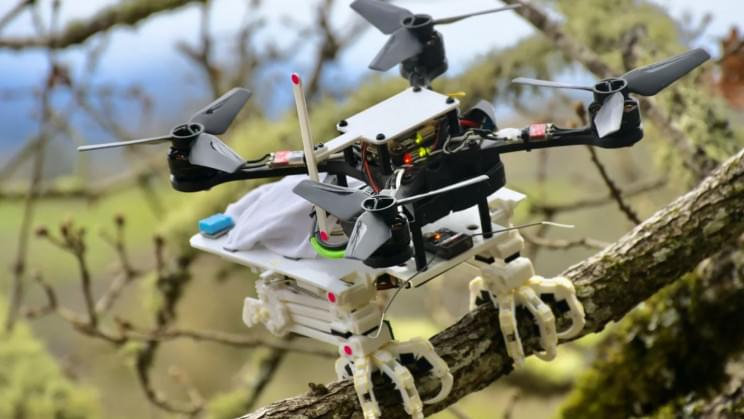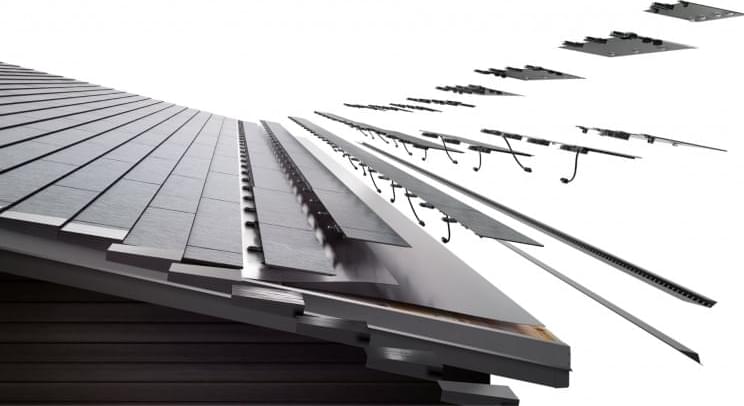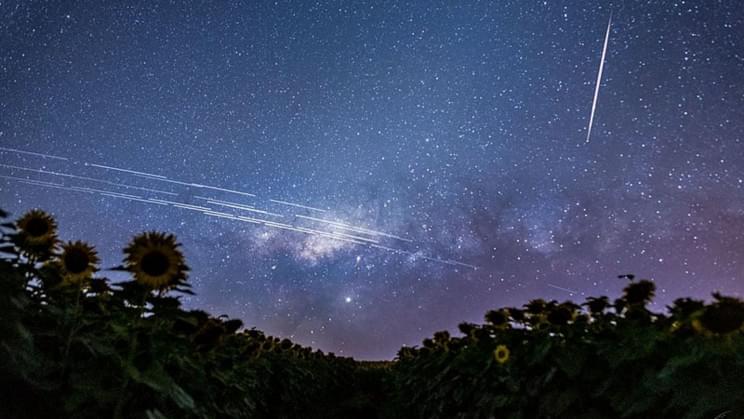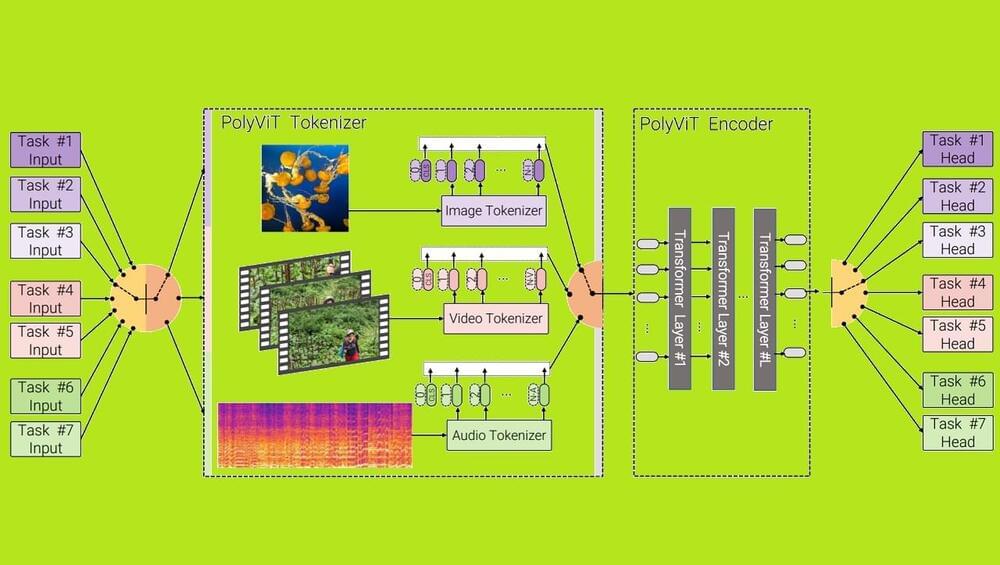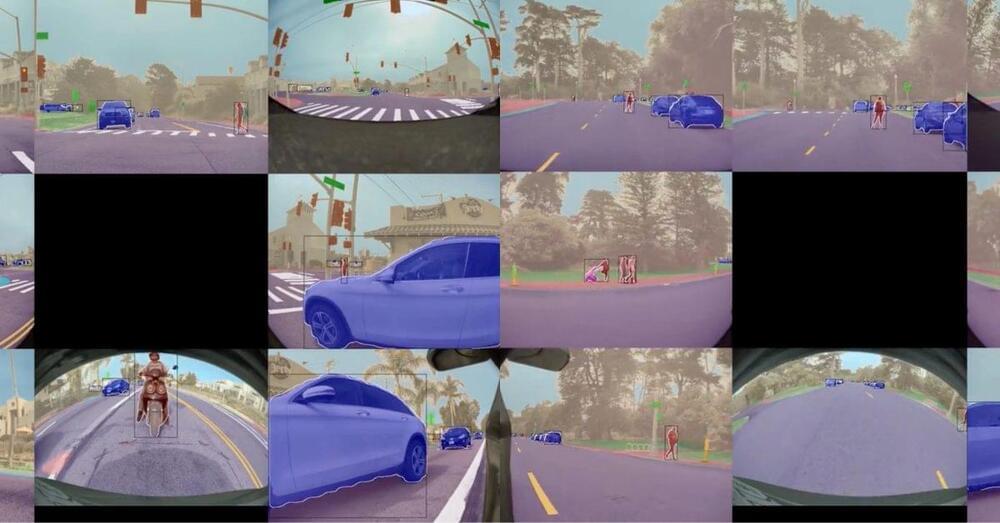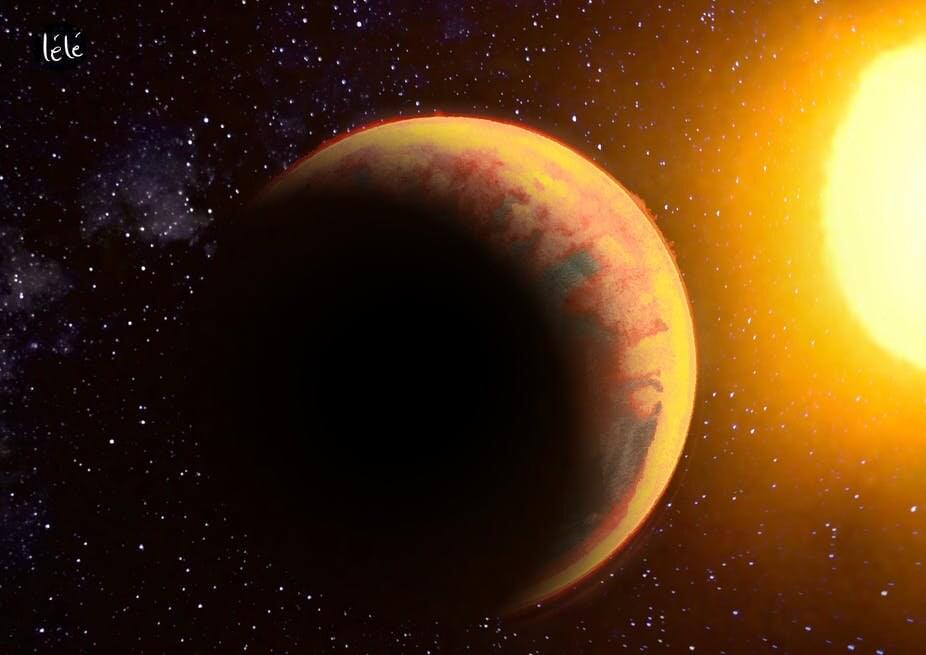
Do you know what the Earth’s atmosphere is made of? You’d probably remember it’s oxygen, and maybe nitrogen. And with a little help from Google you can easily reach a more precise answer: 78% nitrogen, 21% oxygen and 1% Argon gas. However, when it comes to the composition of exo-atmospheres—the atmospheres of planets outside our solar system—the answer is not known. This is a shame, as atmospheres can indicate the nature of planets, and whether they can host life.
As exoplanets are so far away, it has proven extremely difficult to probe their atmospheres. Research suggests that artificial intelligence (AI) may be our best bet to explore them—but only if we can show that these algorithms think in reliable, scientific ways, rather than cheating the system. Now our new paper, published in The Astrophysical Journal, has provided reassuring insight into their mysterious logic.
Astronomers typically exploit the transit method to investigate exoplanets, which involves measuring dips in light from a star as a planet passes in front of it. If an atmosphere is present on the planet, it can absorb a very tiny bit of light, too. By observing this event at different wavelengths—colors of light—the fingerprints of molecules can be seen in the absorbed starlight, forming recognizable patterns in what we call a spectrum. A typical signal produced by the atmosphere of a Jupiter-sized planet only reduces the stellar light by ~0.01% if the star is Sun-like. Earth-sized planets produce 10–100 times lower signals. It’s a bit like spotting the eye color of a cat from an aircraft.
